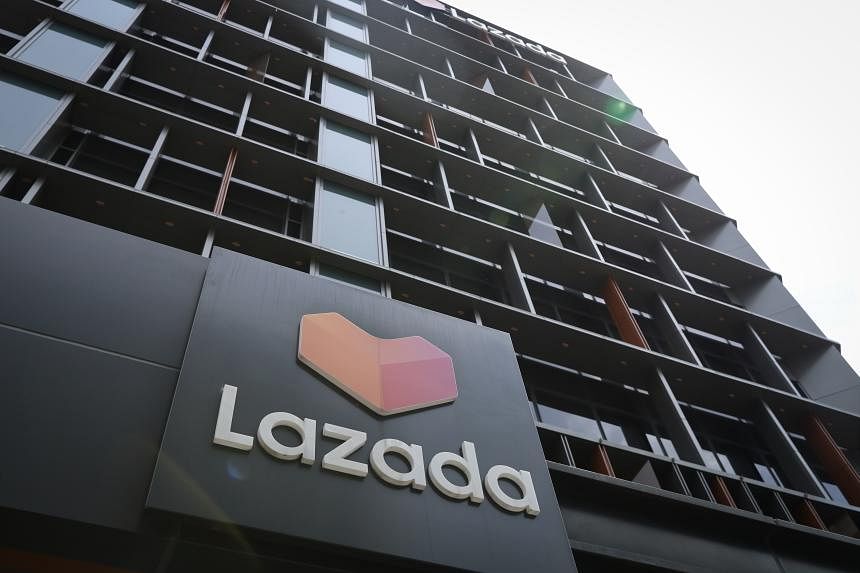SINGAPORE - The topic of layoffs is in the spotlight again in the first week of January, as e-commerce giant Lazada reportedly retrenched workers of all stripes from Jan 3 to 5.
Such exercises had abated in recent months from the highs following the Covid-19 pandemic.
The Straits Times looks at the rights retrenched workers have in Singapore.
Q: Was I retrenched or terminated?
A: The Employment Act defines retrenchment as “dismissal on the ground of redundancy or by reason of any re-organisation of the employer’s profession, business, trade or work”.
This means that an employer can be said to have retrenched workers only under certain conditions, such as if the company is restructuring or the jobs are no longer there after the business has dwindled, and not any instance in which a contract of service is terminated.
An employee is presumed to have been retrenched if the employer is unable to show plans to hire a replacement, even if the employer attempts to sidestep the obligation to pay retrenchment benefits by calling the retrenchment something else.
Q: Is there a minimum notice period?
A: The Employment Act stipulates minimum notice periods that employers are required to give when ceasing employment of their workers.
The notice periods range from one day for those who have served less than 26 weeks to four weeks for those who have worked with the employer for five or more years.
However, an employer can pay the retrenched worker a quantum, such as an amount equivalent to the worker’s pay for the notice period, in lieu of the notice.
Q: Are workers entitled to retrenchment payouts?
A: Only workers who have worked for the employer for two years or more, and have these payouts stipulated in either a union’s collective agreement with the company or the workers’ individual contracts, are entitled to these payouts.
Those who have worked for the employer for less than two years are not entitled to payouts, but companies may choose to make a goodwill payment.
Retrenched workers who are pregnant are also entitled to maternity benefits if they have worked for the employer for at least three months and were certified by a doctor to be pregnant before their job was cut.
A tripartite advisory on how companies should manage excess manpower and carry out retrenchments responsibly states that the prevailing norm is for employers to pay a retrenchment benefit amounting to between two weeks’ and a month’s salary for each year of service.
This advisory, however, has no force of law, according to an employment lawyer whom ST spoke to recently.
Instead, it is more common for an employer to specify retrenchment benefits in an internal policy, as opposed to an employment contract, which would generally not grant employees any rights or entitlements to retrenchment benefits.
Q: Who does a company need to inform ahead of a retrenchment?
A: It is mandatory for Singapore-registered employers with at least 10 employees to notify the Ministry of Manpower (MOM) within five working days of affected employees being told.
Those failing to do so may be issued administrative penalties of up to $2,000 each time this requirement is breached.
The advisory issued by the three-way partnership between the MOM, National Trades Union Congress and Singapore National Employers Federation also calls for unionised companies to notify the relevant unions early.
The advisory also says that the norm for this early notification is a month before affected employees are told.
A union that has been accorded recognition by an employer has the legal right to collectively bargain for the employer’s workers, under the law.
In the case of Lazada, an NTUC spokesman said the company accorded recognition to the Food, Drinks and Allied Workers Union (FDAWU) as the recognised union.
The union and management may negotiate and enter into a collective agreement, the spokesman said.
“In some instances, the parties may first enter into a memorandum of understanding, which allows the union and management to develop a good working relationship, before progressing to a collective agreement.”
In such cases, the spokesman added, a recognised union still retains the legal right to negotiate with employers on matters relating to the employment of workers, including the termination of employment.
The spokesman also said that FDAWU has signed two memorandums of understanding with Lazada here: one on forming a joint committee to map out the company’s current needs and future business prospects to train workers for, and the other on unionisation.
The memorandum on unionisation will not be made public, the spokesman added.
Another Singapore employment lawyer, who declined to be named, told ST that although such a memorandum of understanding can amount to a legally binding agreement in some cases, most are treated as a mutual understanding, being based on mutual trust and goodwill.
“Of course, the collective agreement is the ‘highest’ level parties can take their relationship to, because the collective agreement is certified by the Industrial Arbitration Court.”
The lawyer added that apart from being able to levy the administrative penalty on companies for failing to notify it of job cuts, “I do not believe there is any legal basis for MOM to ‘punish’ companies for their retrenchment practices”.
“But, as the regulator, the ministry is certainly able to give its views and influence decision-making.”


